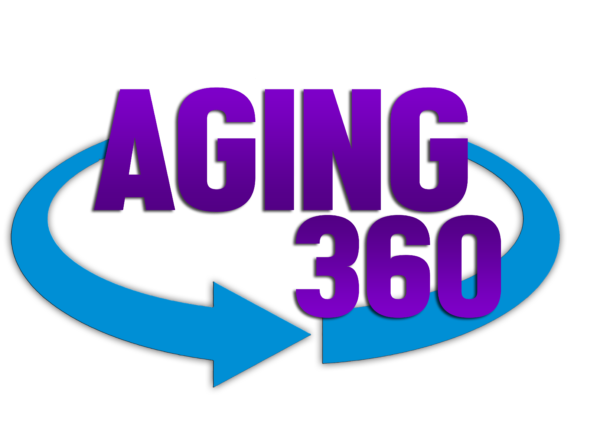Aging 360; The Missing Piece, Hidden Depression, The Source for Dizziness
In every edition of The Aging 360 we strive to provide a holistic approach to navigating the aging process.Whatever the challenge there are always options available. We hope you find the information below to be helpful.
The Missing Piece
We are all set in our ways. The older we get, the less we like change. As a matter of fact, none of our clients like change. These changes include doctors, caregivers, or the changes they are experiencing due to the aging process. At Senior Options, we decided to change things up a bit. Our clients were, and still are, isolated, lonely, and bored. We started bringing activities to their homes in an attempt to combat boredom and hopefully improve their emotional well being and cognitive status. We received pushback. They put the adult coloring books, pencils, and sharpeners in drawers, they hid the puzzles with their newspapers and bills, and shoved the checkers set and miniature Jenga games in their drawers, never to be seen again.
And then something unexpected happened. When their caregivers or a member of our team engaged them, they became elated with their checker game or the 100 piece puzzle they completed. Yes, it was a change, and the result was more than we could have imagined.
We have since dropped off 300 and 500 piece puzzles. We left it for them with much encouragement. Upon our next visits, we were met with excitement and happiness. Not only did our clients complete the puzzles, but admitted it to being therapeutic, and enjoyed their time finding the fitting pieces. One client in particular did two 100 piece puzzles. I suggested a 200 piece puzzle, she thought it was going to be too difficult. I ended up bringing her a 300 piece puzzle. After she carried on and expressed her despair, I reassured her to “start with the outline, take it slow and enjoy the challenge”. Sunday, I received a call, from a grown woman that sounded like a young kid, giddy and exuberant. She exclaimed, “I just finished the puzzle.” When she reported to her son that she completed a 300 piece puzzle, he mentioned to her, maybe you should do 350 next. She responded, “300 pieces is nothing, I am going to do a 400 or 500 piece puzzle”.
What will you change for the better?
Warm Regards,
Shari Markowitz Geller, MSW, CMC
President, Senior Options Inc.
 Hidden Depression
Hidden Depression
Akiva Daum, MD FAPA
Board Certified General Adult and Addiction Psychiatrist
Like an imposter, depression can hide and be trickier than we may think. There are two important things to remember about depression. The first thing is, other medical conditions can masquerade as depression. For example Hypothyroidism (low activity from the thyroid) can present with depressive symptoms as can anemia (low blood count). Why does this matter? Put simply, you would need to treat the medical issue in order to have resolution. It doesn’t matter how much psychotherapy or medication you take if you aren’t treating the right condition (advice you can take to the bank in general).
The second piece is that several medical conditions can lead to depression as a co-occurring disorder. Some examples of these conditions are diabetes mellitus, type II, Strokes, and Heart attacks. The importance of this is that data show that treating the depression can improve outcomes of these medical conditions. The moral of the story – Effective diagnosis and treatment lead to better outcomes!
 Where Does Dizziness Come From?
Where Does Dizziness Come From?
Trevor Meyerowitz, RPT
CEO, Preferred Physical Therapy Associates
There are a variety of causes for age-related dizziness and poor balance. The main causes are central or peripheral. Central causes occur in the spinal cord or brain, while peripheral causes are due to a problem with the inner ear. An upper respiratory illness (e.g. a cold or sinus condition) can result in fluid passing through the Eustacian tube from the sinus into the middle ear causing inflammation or infection of the semicircular canals (labyrinthitis) or vestibular nerve (neuronitis). This in turn can result in lightheadedness or dizziness.
If small crystals in the utricle of the inner ear become displaced and through certain head positions become lodged within the semicircular canals, the person can experience vertigo where it feels as if everything is spinning also known as benign paroxysmal positional vertigo (BPPV).
Diagnosis is usually made after the Physical Therapist or health care practitioner takes a detailed history and then performs a physical examination, using specialized goggles to determine directional eye movements (nystagmus). As the inner ear, brain and eyes are continually in communication with each other for one’s equilibrium, the direction of the eye movements can assist in the diagnosis.
![Senior Options Inc. [logo]](https://www.senioroptionsfl.com/wp-content/themes/senioroptionsfl/images/logo.png)

